Η Οικονομική της Εργασίας επιζητεί την κατανόηση των σύνθετων σχέσεων και θεσμών της αγοράς εργασίας μελετώντας τη δυναμική ανάμεσα σε εργοδότες, εργαζομένους καθώς και τα κίνητρα μισθού, τιμής και κέρδους. Με άλλα λόγια, τα σύγχρονα Οικονομικά της Εργασίας διερευνούν τα αποτελέσματα της αγοράς εργασίας υποθέτοντας ότι οι εργαζόμενοι επιδιώκουν την ευημερία τους, ενώ οι επιχειρήσεις τη μεγιστοποίηση των κερδών τους. Επίσης αναλύονται οι συμπεριφορά των εργοδοτών και των εργαζομένων και μελετώνται οι απαντήσεις τους στις αλλαγές των κυβερνητικών πολιτικών ή/και της δημογραφικής σύνθεσης του εργατικού δυναμικού.
Σκοπός του μαθήματος είναι:
- να διδάξει πως οι εργαζόμενοι και οι επιχειρήσεις λαμβάνουν αποφάσεις στην αγοράς εργασίας
- να διδάξει πως η κυβέρνηση μπορεί να διαφοροποιήσει τις οικονομικές ευκαιρίες που διατίθενται σε εργαζομένους και επιχειρήσεις τροποποιώντας του «κανόνες του παιχνιδιού» διαμέσου κοινωνικών πολιτικών, κι, επομένως, επηρεάζοντας τις αποφάσεις των δύο «παικτών» της αγοράς εργασίας.
Καθηγητές
Επιλέξτε για να δείτε περισσότερες πληροφορίες για κάθε καθηγητή.
| Όνομα | Τίτλος | |
|---|---|---|
| Κουτρούκης Θεόδωρος | Αναπλ. Πρόεδρος, Καθηγητής | tkoutro@econ.duth.gr |


